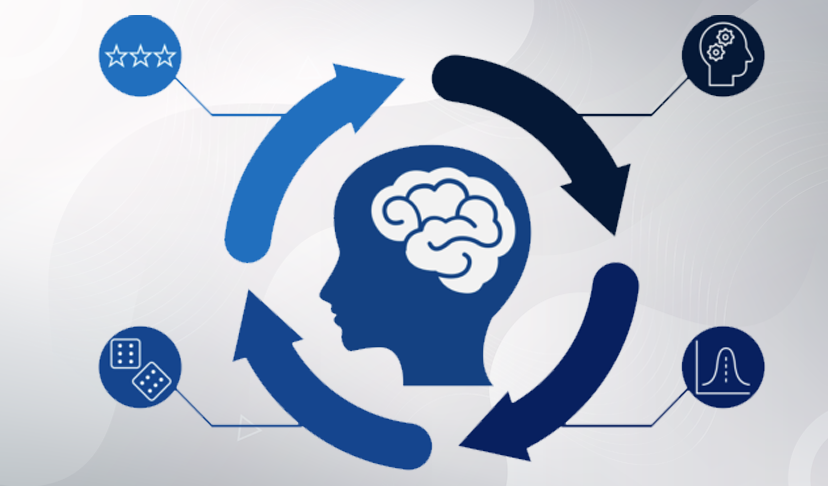Advantages of Using Generative AI Tools

Artificial Intelligence (AI) has been a game-changer across various industries, paving the way for innovation and opening up new opportunities for business growth and development. A prominent subfield within AI that’s making significant waves is Generative AI. This innovative technology is all about creating new content from scratch and holds the potential to revolutionize various fields such as art, design, healthcare, and more. This blog post will delve into the numerous benefits of using generative AI tools.
Understanding Generative AI:
Generative AI refers to a type of AI that utilizes machine learning models to generate data output from a set of input data. These models, which include Generative Adversarial Networks (GANs) and Variational Autoencoders (VAEs), can generate realistic images, write human-like text, and even compose music.
Advantages of Using Generative AI Tools:
Enhancing Creativity and Innovation:
Generative AI tools serve as an excellent conduit for creativity and innovation. They enable the creation of original content, be it music, literature, or visual arts, that would be difficult or impossible to generate otherwise.
Scalability and Efficiency:
One of the key advantages of generative AI is its scalability. Since AI models can work round-the-clock without fatigue, companies can increase production rates and efficiencies, pushing the boundaries of what’s possible in their respective fields.
Personalization and Customization:
Generative AI tools can create customized content tailored to individual needs or preferences. In the world of marketing, this could mean personalized adverts or recommendations, enhancing customer experience and engagement.
Data Augmentation:
Generative AI tools can generate new data that can help in training machine learning models, a process known as data augmentation. This is particularly beneficial in fields like healthcare, where access to certain types of data might be restricted due to privacy concerns.
Anomaly Detection:
Generative AI can be used for anomaly detection in various sectors, such as cybersecurity or fraud detection. It can learn the normal patterns of data and identify any deviations, flagging potential threats or issues.
Cost-Effectiveness:
By automating content generation, businesses can reduce their reliance on human resources, thereby reducing costs.
The Ability to Handle Complex Tasks:
Generative AI can process complex datasets and perform tasks that would require considerable human effort, freeing up resources for other tasks.
Real-time Decision Making:
Generative AI tools can provide businesses with the ability to make real-time decisions based on the data generated, which can significantly improve efficiency and productivity.
Real-World Applications of Generative AI:
From creating artworks and composing music to innovating new product designs and identifying disease patterns, the potential applications of Generative AI are vast and varied. In business, Generative AI is being used to develop unique marketing strategies, predict trends, and automate content generation. In healthcare, it’s aiding in drug discovery and patient care.
Future Prospects of Generative AI:
Generative AI holds immense promise for the future. It’s predicted to revolutionize numerous industries, opening new avenues for growth and development. However, as with any new technology, there are also challenges and ethical considerations to be dealt with, such as ensuring the responsible and ethical use of this powerful tool.
Conclusion:
In conclusion, Generative AI offers a host of advantages that can drive innovation, boost efficiency, and open up new possibilities across various sectors. As we continue to explore and understand its capabilities, there’s no doubt that Generative AI will play a pivotal role in shaping the future of numerous industries. So, whether you’re in healthcare, business, arts, or technology, now is the time to explore the potential that Generative AI tools offer. The future, it seems, is here, and it’s generative!



